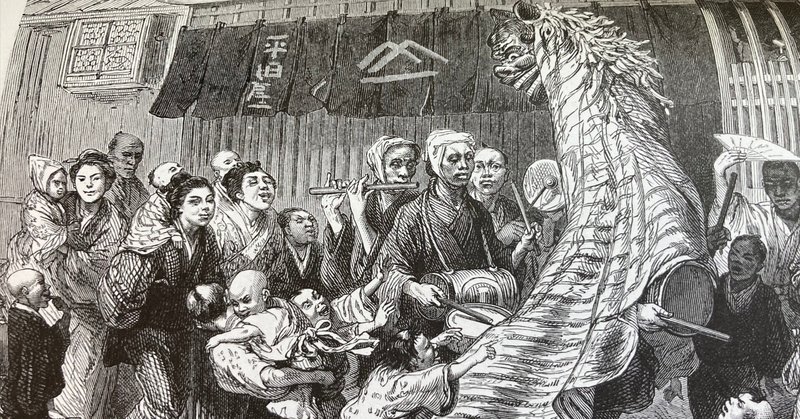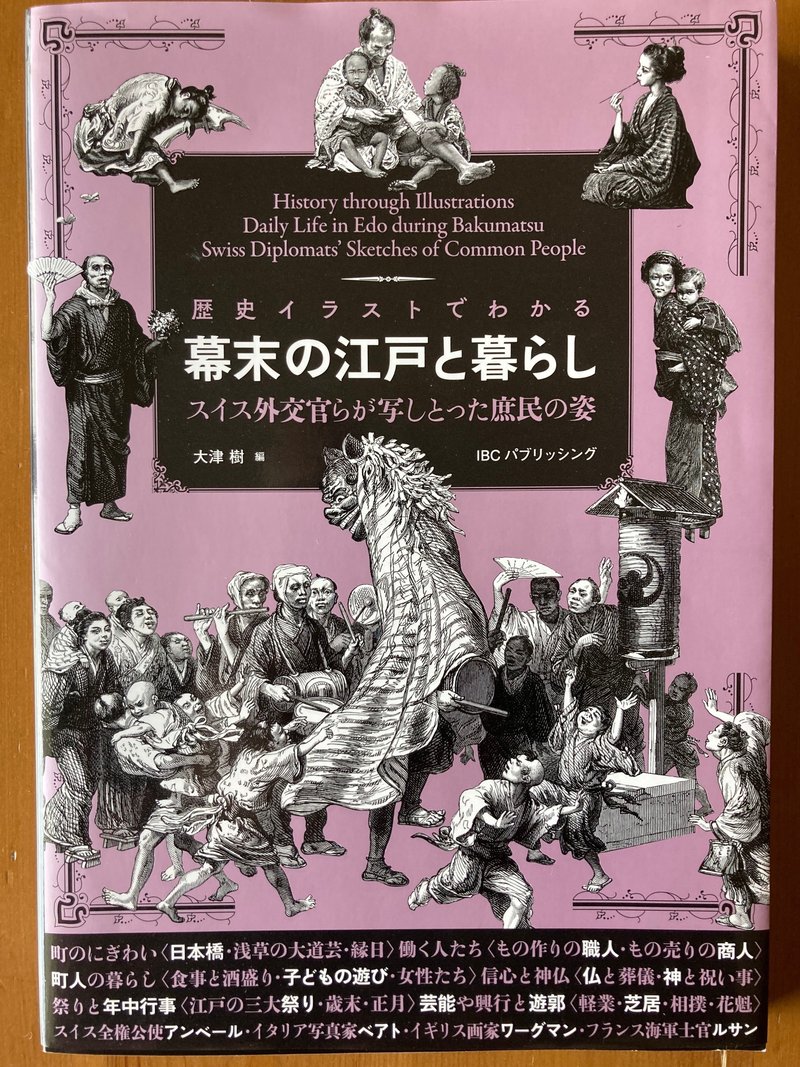
Visualizing Edo during Bakumatsu
If you are interested in daily life in Edo during the Bakumatsu period, there could not be a better resource than the collections of copperplate images published in Paris by Aime Humbert. The original volume was published two years after the Meiji Restoration (1868). Humbert arrived in Nagasaki in 1863 as head of the Swiss delegation and carried out diplomatic negotiations with the Tokugawa Bakufu in Yokohama and Edo, concluding a treaty in 1864.
Humbert published a huge two-volume work of more than 800 pages based on observations he made and material he collected during his stay in Japan. The book illustrations were done by direct transfer of photographs to wooden lithographic plates. This made it possible to print finely detailed illustrations using pictures, paintings, on-site sketches, and photographs.
Some of the original photos were staged photos taken in studios in Japan. Others were taken by Felice Beato during strolls though the streets of Edo.
“History through Illustrations: Daily Life in Edo during Bakumatsu, Swiss Diplomats’ Sketches of Common People” is a superb volume for anyone interested in what Japanese life looked like in the 1860s. The illustrations are entertaining and educational, and they are based on scenes of real life captured in photographs and transformed into illustrations. The text includes an English translation describing people of all ages, various occupations, and different social classes. Religious practices, entertainments, celebrations, festivals, and even street performers.
Reading about the history of Bakumatsu is certainly interesting, but seeing it in these illustrations is an excellent means of grasping what the lives of the common people was really like.
(265 words)
Author and Japanese title: 大津樹『歴史イラストでわかる幕末の江戸と暮らし』

この記事が気に入ったらサポートをしてみませんか?
